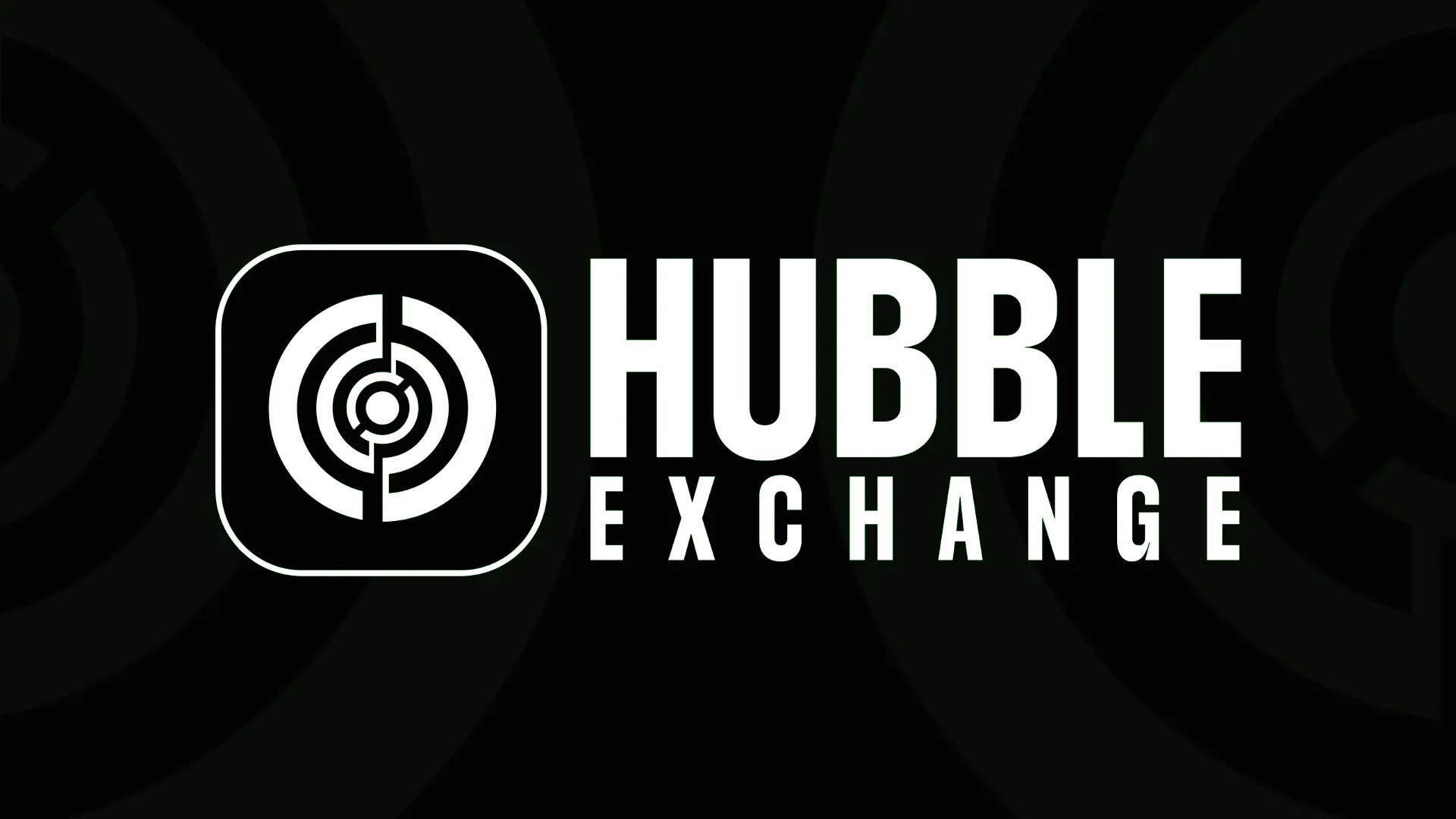Hubble Exchange, a decentralized platform for trading perpetual futures on the Avalanche blockchain, announced today the raise of $3.3 million led by investor Framework Ventures. Other investors include Lemniscap, Blizzard (the Avalanche Ecosystem Fund), GSR, Trader Joe, and Finlink Capital, as well as a host of angel investors, including Aave founder Stani Kulechov.
Aiming to be the leading protocol for trading perpetual futures, Hubble Exchange released its testnet in October and plans to launch on the Avalanche mainnet in April. Hubble says funds from the raise will go toward scaling the engineering team and continuing to develop the protocol ahead of its mainnet launch.
Hubble core contributor Kepler (who asked Decrypt not to use their real name) says the blockchain's speed and lower fees attracted the team to Avalanche, a layer-one blockchain for decentralized applications that is looking to unseat Ethereum as the most popular blockchain for smart contracts. Currently, Avalanche's AVAX is the 10th-largest cryptocurrency by market cap, at $20.9 billion, according to CoinMarketCap.com.
Kepler says that Hubble wants to tokenize profitable perpetual futures positions, which the platform hopes will open up entirely new possibilities in decentralized finance (DeFi)—applications that allow people to lend, borrow and trade without going through a financial institution. Hubble also wants to enable traders to tokenize their perpetual futures positions on other DeFi protocols so that they can be used as collateral.
Perpetual futures are futures contracts that have no expiration date. Investors looking to take advantage of price changes can maintain a position indefinitely.
Although Hubble is based on Avalanche, it allows other assets—including Bitcoin, Ethereum, and USDC stablecoin—to be used as collateral for the perpetual futures contracts. Hubble says this should interest traders who want to optimize profits across a diverse portfolio.
"With the rise of faster, better, and optimized L1s and L2s," Kepler says. "We are in a pivotal time in history when for the very first time, there is an opportunity for a decentralized alternative to taking a shot at the perpetual futures market."

